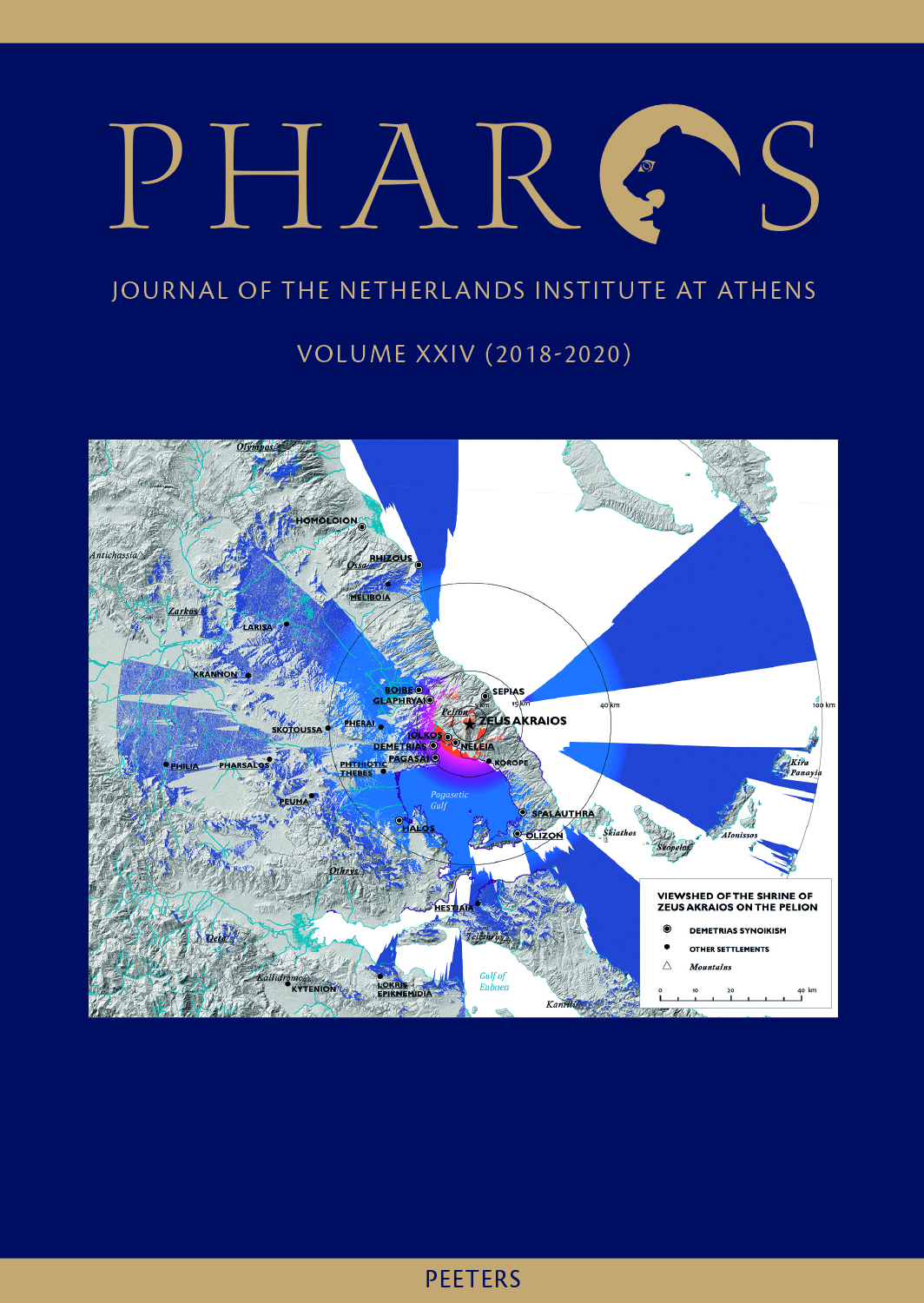 previous article in this issue previous article in this issue | next article in this issue  |

|
Document Details : Title: The Mainland Bronze Age Author(s): DICKINSON, Oliver Journal: Pharos Volume: 20 Issue: 1 Date: 2014 Pages: 145-161 DOI: 10.2143/PHA.20.1.3064539 Abstract : This paper focuses on the Helladic region of Bronze Age Greece, taking in the southern Greek mainland and the nearest islands, but also pays some attention to Mycenaean connections and exchange activity outside this region, particularly beyond the Aegean, since these have a considerable bearing on our understanding of Mycenaean civilisation. New discoveries have tended to make a bigger contribution to our knowledge in recent years than new theories of interpretation. Such discoveries always tend to make the picture more complex, but they serve as a reminder that the state of our knowledge is rarely satisfactory, and that general explanations of the past are always vulnerable to falsification in the light of new discoveries, as some striking mainland examples have shown. The individual nature of developments on the mainland is stressed. At its simplest the sequence may be defined as a pattern of alternation between ‘boom’, in the Early Helladic II and Mycenaean periods, and ‘bust’; but, while there are analogies between the Early Helladic II and Mycenaean ‘booms’, there is no clear sequential link between them. Instead, after the ‘bust’ at the end of Early Helladic II, mainland development clearly diverges from the wider Aegean sequence. The beginnings of the Mycenaean ‘boom’ reflect a quite individual development, and the mainland continues to show distinctive features until the final collapse of the ‘palace societies’ late in the Bronze Age. But it remains easier to see what happens over the long term than to explain it. |
 |
